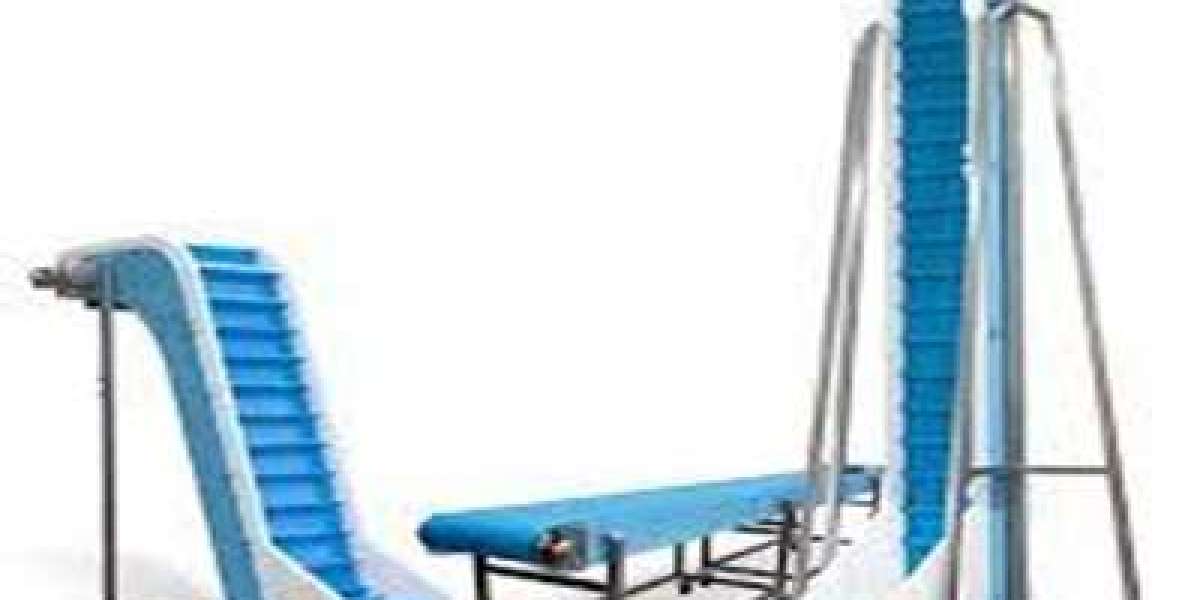One of the biggest disadvantages of undermount sinks is the installation cost. Unlike traditional drop-in sinks, undermount sinks require a professional installation due to their unique mounting system. This can be a significant expense, especially if you are remodeling your entire kitchen or bathroom. Additionally, if the sink is not installed properly, it can lead to water damage and other costly repairs down the line.
- Limited Material Options
Undermount sinks are typically made from materials such as stainless steel, porcelain, and granite. While these materials are durable and long-lasting, they may not be suitable for all kitchen or bathroom designs. For example, if you prefer the look of a farmhouse sink, an undermount sink may not be the best option for you. Additionally, some materials can be more difficult to clean than others, which may be a concern for homeowners who are looking for a low-maintenance sink option.
- Challenging to Replace
Another disadvantage of undermount sinks is that they can be challenging to replace. Since they are installed beneath the countertop, the removal process can be more complicated than with traditional drop-in sinks. This can make repairs or replacements more time-consuming and expensive. Additionally, if you have a custom-made countertop, you may need to replace the entire countertop if you want to switch to a different type of sink.
- Limited Size Options
Undermount sinks are available in a range of sizes, but they may not be suitable for every kitchen or bathroom. Since they are installed beneath the countertop, the size of the sink is limited by the size of the countertop cutout. This can be a concern for homeowners with small spaces or those who want a larger sink for washing larger items such as pots and pans.
- Water Damage Risk
Because undermount sinks are installed beneath the countertop, there is a risk of water damage if the sink is not properly sealed. If water seeps into the countertop, it can cause damage to the underlying material, which can lead to costly repairs. Additionally, if the sink is not installed properly, water can leak into the cabinets beneath the sink, causing even more damage.
- Maintenance Concerns
Undermount sinks can be more difficult to maintain than traditional drop-in sinks. Since they are installed beneath the countertop, they can be more challenging to clean, especially around the edges where the sink meets the countertop. Additionally, some materials may be more prone to scratching or staining, which can make them more difficult to keep looking like new.
undermount sinks have their advantages and disadvantages. While they offer a sleek and best sink for butcher block countertop, they may not be the best option for every homeowner. Before purchasing an undermount sink, it is important to consider the installation costs, limited material options, challenging replacement process, limited size options, water damage risk, and maintenance concerns. By weighing the pros and cons of undermount sinks, you can make an informed decision about whether they are the right choice for your home.



